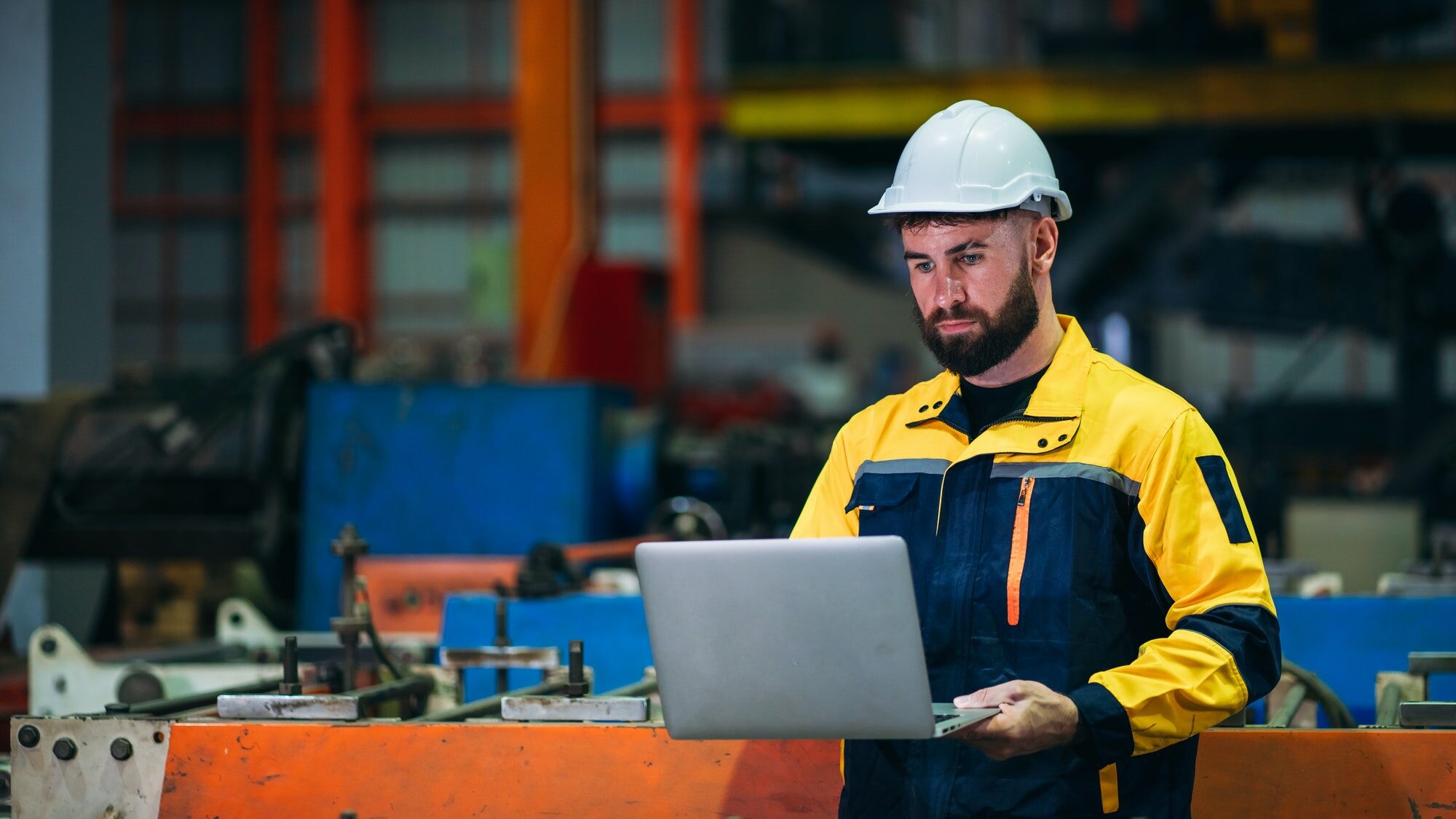Buying equipment for your business in Australia involves several considerations to ensure that you make a cost-effective and strategic decision. Whether you’re setting up a new business or upgrading existing equipment, here’s a guide to help you through the process:
1. Assess Your Business Needs
- Identify Requirements: Clearly define what equipment is needed based on your business operations, size, and scope.
- Future-Proofing: Consider how the equipment will serve your business in the long term, including scalability and adaptability to future needs.
2. Budgeting and Financing
- Set a Budget: Determine how much you can afford to spend, considering both the purchase price and the ongoing maintenance costs.
- Financing Options: If you’re not paying outright, explore financing options like equipment loans, leases, or hire-purchase agreements. Compare interest rates, terms, and total costs.
3. Research and Compare
- Market Research: Research various models and brands to find equipment that best fits your needs.
- Read Reviews and Seek Recommendations: Look for reviews from other business owners and seek recommendations from industry peers.
- Consider Efficiency: Evaluate the energy efficiency of the equipment, as this can impact ongoing operational costs.
4. New vs. Used Equipment
- New Equipment: Offers the latest technology, warranties, and lower maintenance costs but is more expensive.
- Used Equipment: Can be cost-effective but may come with higher maintenance costs and shorter lifespan. Ensure thorough inspection before purchase.
5. Suppliers and Warranties
- Choose Reputable Suppliers: Purchase from reputable suppliers known for quality and service.
- Warranty and Service Agreements: Check the warranty period and what it covers. Consider service agreements for maintenance.
6. Tax Considerations and Incentives
- Tax Deductions: Remember that business equipment can often be written off as a tax deduction. Check with your accountant for specifics.
- Government Incentives: Look for any government incentives or grants available for purchasing equipment, especially for energy-efficient or innovative technologies.
7. Delivery and Installation
- Logistics: Plan for the delivery and installation of the equipment, considering factors like space, power needs, and integration with existing systems.
- Training: Ensure that you and your staff are trained on how to use the new equipment effectively and safely.
8. Insurance and Risk Management
- Insurance: Consider getting insurance to protect against loss, damage, or theft of the equipment.
- Risk Assessment: Conduct a risk assessment to understand any safety implications or operational risks associated with the new equipment.
9. Disposal of Old Equipment
- Responsible Disposal: If replacing old equipment, consider how you will dispose of it. You may be able to sell, donate, or recycle it.
Buying equipment for your business is a significant investment that can impact your operations, productivity, and financial health. It’s essential to conduct thorough research, plan financially, and consider the long-term implications of your purchase. Always balance the initial cost against the potential returns and improvements in efficiency and quality that the new equipment will bring to your business.


